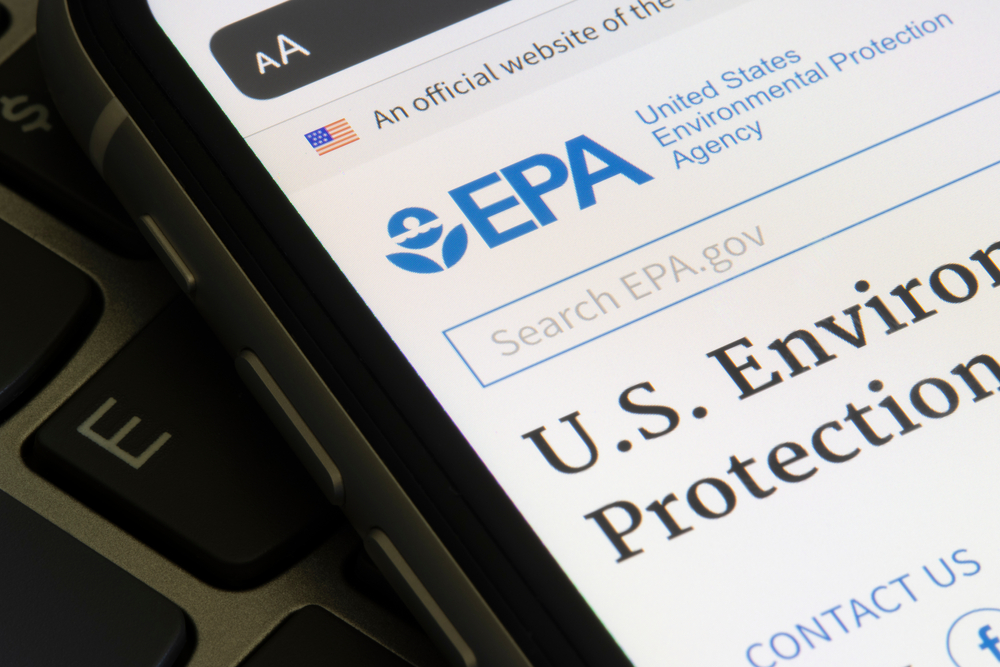The EPA continues to expand the functionality of its interactive Benzene Fenceline Monitoring Dashboard and its Enforcement and Compliance History (ECHO) website. These tools provide information on environmental compliance and enforcement for communities across the United States.
“Through improved transparency, advanced technologies and community participation, these tools empower the public to help EPA assure compliance nationwide and protect public health and the environment,” says an EPA news release.
Benzene fenceline monitoring
The National Emissions Standards for Hazardous Air Pollutants (NESHAP) for petroleum refineries require continuous fenceline monitoring of the toxic air pollutant benzene along the perimeter of refinery facilities. Fenceline monitoring is designed to monitor undetected leaks, also known as “fugitive emissions,” which are considered to be a significant source of emissions.
Initial monitoring tools were passive samplers that looked like small tubes that contained carbon sorbent materials. They were hung around facility fencelines uncorked. Then, a week or 2 later, they were recapped and sent in for analysis. The problem with these samplers was that the data provided was not instantaneous and wind direction was not factored.
Then, the EPA developed a low-cost SPod, an open-source-designed, solar-powered “drop in place” sensor system that provided real-time fenceline data.
The real-time data responds to demands from environmental and community groups.
“People want more data on what pollutants they are exposed to on a daily basis as monitoring technology gets better, King & Spalding LLP partner Craig Stanfield said,” according to Bloomberg Law.
The availability of fenceline and community monitoring data is at the heart of multiple lawsuits across the country. Courts are asking state and local agencies to dig deeper for more data to determine emissions sources and liability for alleged harm from those emissions.
In February 2022, the EPA Office of Inspector General (OIG) announced it would begin fieldwork to audit the EPA’s benzene fenceline monitoring program for petroleum refineries. The objective of the investigation “is to determine to what extent oversight of the benzene fenceline monitoring program by the EPA and delegated state and local agencies assures that refineries take corrective action and lower benzene, as required, when measured benzene concentrations exceed the action level.”
Petroleum refineries are required to monitor benzene concentrations and report the results to the EPA on a quarterly basis. The new EPA Benzene Fenceline Monitoring Dashboard tool provides the results of those reports to the public.
“The Dashboard improves public access to program data concerning benzene emissions along refinery fencelines and allows for a more detailed analysis of that data,” adds the EPA’s news release. “Public access to this information advances public transparency and environmental justice.”
To learn how to use the dashboard, see the EPA Benzene Fenceline Monitoring Dashboard video tutorial.
ECHO
The ECHO tool provides integrated searches of EPA and state data for more than 800,000 regulated facilities. ECHO focuses on inspection, violation, and enforcement data for the Clean Air Act (CAA), Clean Water Act (CWA), and Resource Conservation and Recovery Act (RCRA) and also includes Safe Drinking Water Act (SDWA) and Toxics Release Inventory (TRI) data.
The new functionality integrates environmental justice (EJ) metrics into the ECHO features, allowing users to:
- Search for facilities in areas with possible EJ concerns.
- Investigate pollution sources in areas with possible EJ concerns.
- Examine and create EJ enforcement-related maps.
- Analyze trends in compliance and enforcement EJ data.

